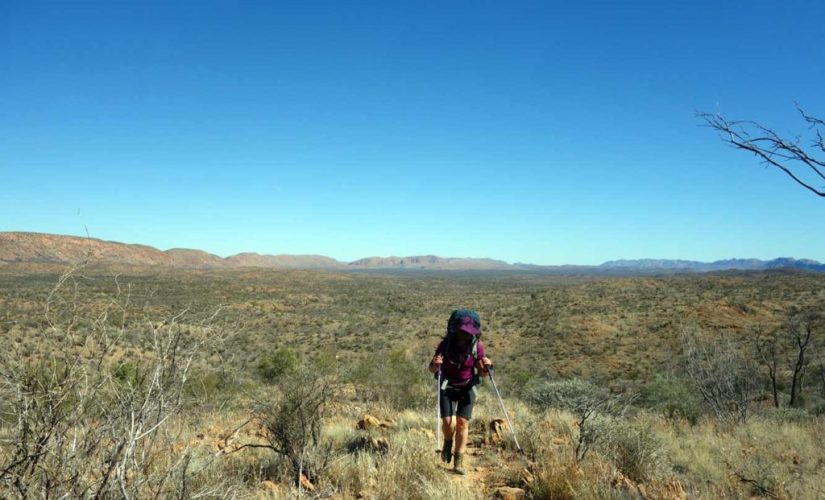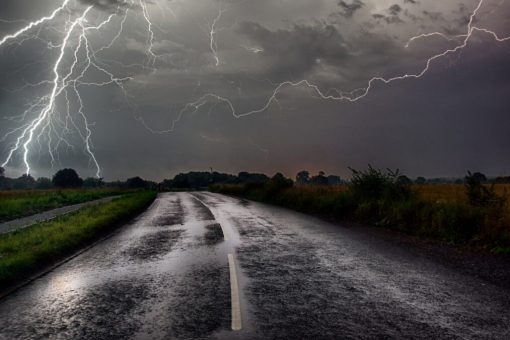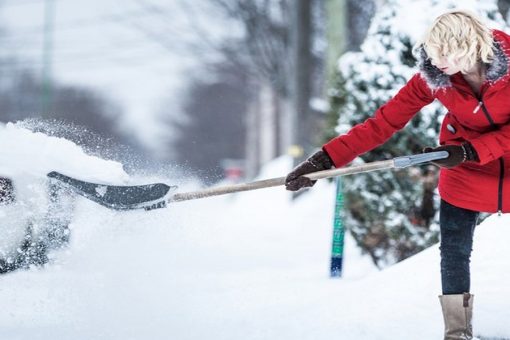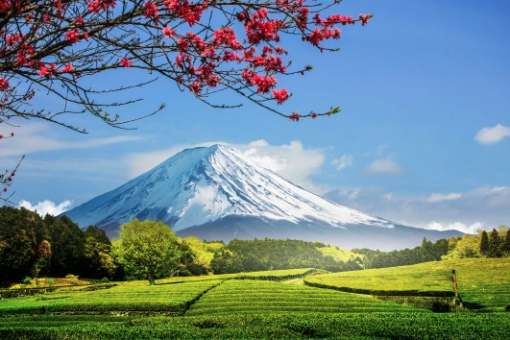This article discusses 9 tips for hiking during conditions of hot weather and while we usually think of summertime where you are hiking in extreme heat, hot weather hiking can be a year-round issue.
Check the weather
Most of us associate hot weather with summer, but this is not always the case. Get in the habit of checking the weather forecast regardless of where you are on the days you will be hiking to ensure you have properly planned for expected conditions. Remember to check the weather forecast the day you go out to see if any changes need to be made to your hiking plan.
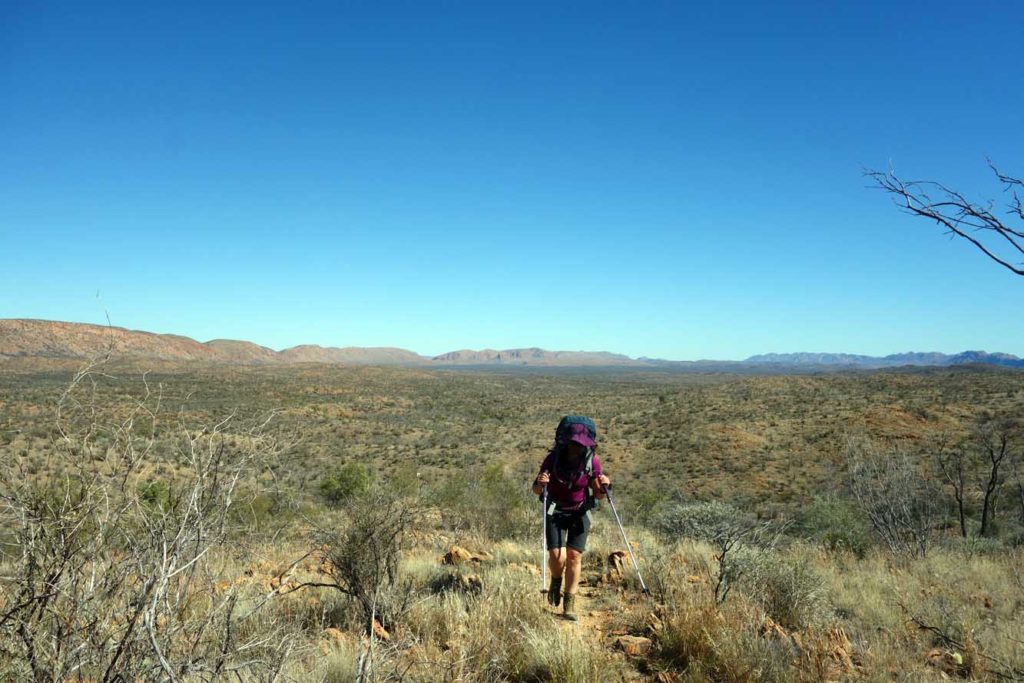
Plan your hike
Choose a suitable hiking route based on the weather forecast. This also includes a suitable distance. Leave longer days of hiking in cooler weather if possible. Choose sites that have a lot of shade on offer. This shade can be provided by the surrounding vegetation or by geographic formations such as cliffs or valleys. If possible, avoid walking on exposed open ground for long periods of time.
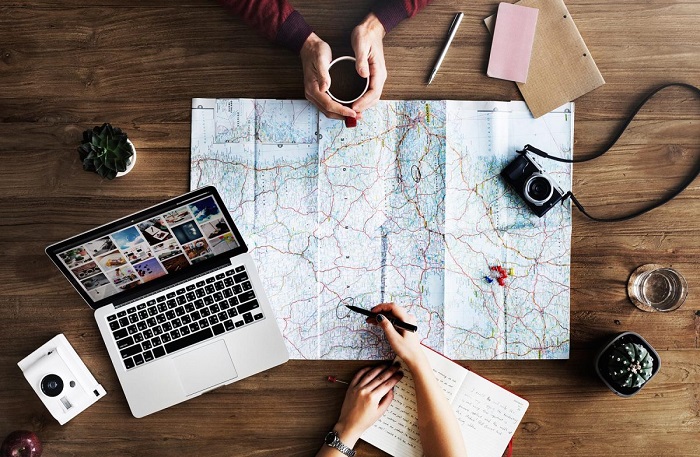
Hike early / hike late/high very late
If you are hiking during hot weather, avoid the hottest part of the day.
Early hike: One of the advantages of hiking in summer is that you wake up early. Watch start your hike just after sunrise.
Afternoon hike: Hike after most of the heat is gone. When I am finishing this article it is 8:00 pm in the afternoon and while the sun is no longer visible, it is still above 30 ° C. Once the sun sets, the temperature drops reasonably quickly and the impacts intense the sun have disappeared, so walking is now more pleasant.
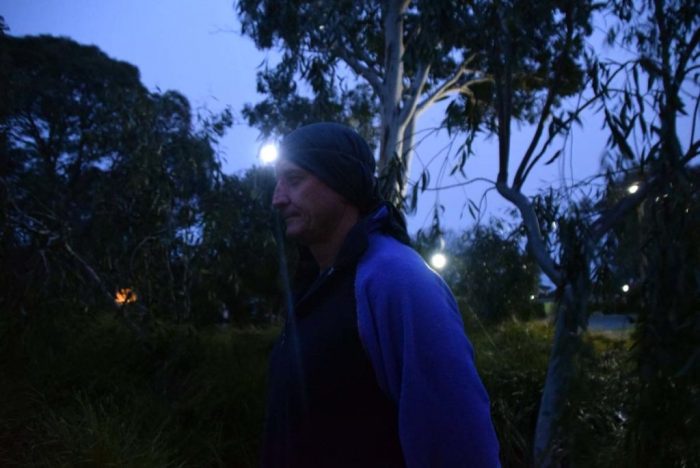
Night walk: Depending on your experience, how well you know the area, your equipment and the amount of light generated by the moonwalking at night is a good option. I love night hiking and I do it any chance I get as long as it is safe.
Cover up
Choose clothing and accessories suitable for the expected weather conditions. Things to consider are:
Cover your head: While caps provide a reasonable shade for your eyes, they often don’t prevent the intense effects of the rays outside your head. Wear a decent wide-brimmed hat, especially if you don’t have hair.
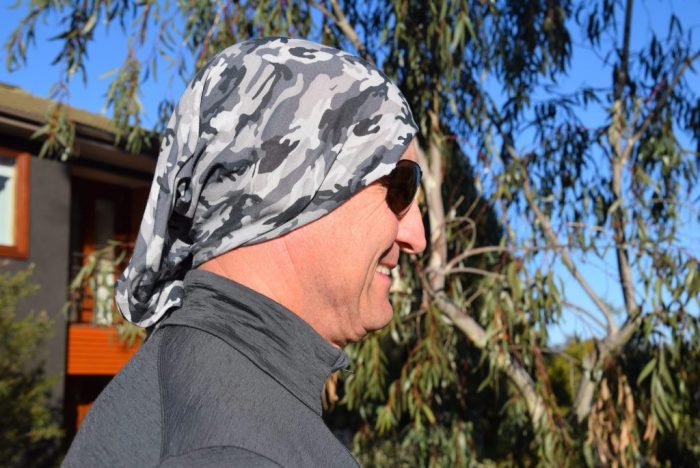
Wear light-colored clothing: Avoid dark colors, particularly black, which tend to absorb heat and get hotter.
Cover yourself up: For the past few years, almost exclusively, I have worn long-sleeved tops and long pants. In addition to providing protection against sunburns that can occur very quickly, exposure to the sun on bare skin will also dehydrate you, depleting your energy. If your shirt does not have a collar, consider wearing a buff around your neck to provide protection. If you have access to a lot of water, you can soak your hat and neck to help cool you off.
Wear the right socks and footwear – Many people still prefer to walk in boots and if this is how you do it, that’s fine. I prefer to wear lightweight trail shoes and in summer I try to wear models that are breathable to allow moisture to escape. If shoes and socks make your feet sweat, this is when blisters may appear. What’s appropriate for cold weather may not be appropriate for hot weather.
Wear sunglasses – these will help protect your eyes from strong sunlight. They do not have to be expensive, but they must be of good quality. This is an item you shouldn’t skimp on
Wear sunscreen: Even when wearing long clothes, areas like the backs of your hands and face are still prone to sunburn. Use sunscreen as needed, particularly in alpine areas when UV rays are much higher.
Hydrate
Regardless of the time of year or the temperature, you should always drink plenty of water when you go hiking. The hotter the weather, the more you’ll drink:
In cooler weather conditions, I will drink 1 liter / 10 km.
In hot weather, I will drink 1 liter/hour (which is about 2.5 liters / 10 km). On my longest hot day, I consumed 8.5 liters.
If you have a long day hike, ‘Camel up’ (that is, drink a liter or more before starting the hike). What this all means is that you need to make sure there is water available on the trail or that you carry enough water to last you to your next water source. I use a water bladder when hiking and drink small amounts regularly.
One issue that most hikers don’t think about is the impact of drinking too much water. This can be very serious and also life-threatening. Hikers have died from drinking too much water.
At the risk of over-sharing, use your urine color to provide an indication of adequate hydration. If the color of your urine is dark, you are not drinking enough water. If your urine color is clear or light, then you are adequately hydrated.
If you are going for a walk in the heat, cut down on alcohol which can dehydrate you.
Aside from the water itself, your body also loses several minerals as you sweat. If you are hiking in the heat, especially for several days, consider adding Hydralyte ™ electrolytes, tablets, or powder to the water.
Tip: Leave a couple of gallons of spare water in your car just in case it falls short.
Learn to recognize the negative impacts of heat.
Walking in the heat has the potential to be dangerous if you don’t pay attention to what your body tells you. Learn to recognize how your body reacts to extra heat, and make sure you know what to do. Common problems that can occur are:
Sunburn: Wear long clothing and if necessary use sunscreen on exposed skin. The back of the hands is often an area that people tend to neglect.
Dehydration: When you realize that you are dehydrated, the symptoms are already there. Obvious symptoms include headaches, but one of the big problems is that when people become dehydrated they lose concentration and their mental capacity suffers, leading them to misjudge.
Heat exhaustion: Heat exhaustion occurs when someone becomes dehydrated due to a loss of water from exercising or working in poorly ventilated conditions.
Heatstroke: Heatstroke is a life-threatening emergency and can cause a person to pass out or lose consciousness. Heatstroke is serious and means that the body can no longer regulate its temperature by cooling the surface of the skin through sweat. The internal body temperature rises and organ damage can occur.
If you are a regular hiker, ideally you should have an up-to-date first aid qualification.
Take a break
If you are hiking in hot conditions, take lots of breaks. This will mean that you are likely to be walking slower than normal, but it will also mean that you will arrive in good condition. If the weather conditions are very hot, allow plenty of time to rest for the middle of the day and plan to be somewhere that is relatively cool and offers plenty of shade while you take a break.
Take advantage of the shade to take a break when you can. This highway underpass was a great place to take a break on a 35 ° C day.
Be ready for the fire
Wildfires are a common occurrence in many parts of Australia and when planning your hike you should also be aware of the fire hazard for the area you are heading to. Look at the wider region, not just the walking trail you plan to do.
Snake season
Australia has several very poisonous snakes, so be on the lookout during the warmer months. Regardless of the temperature, you should always be scanning the road in front of you.
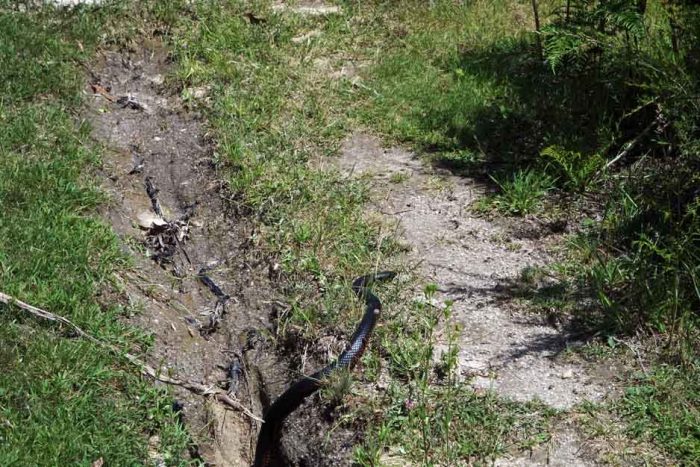
Last words
All said and done, there is nothing wrong with hiking in the heat as long as you are properly prepared and equipped and have planned your hike well. If the conditions are too extreme, don’t be afraid to pull the pin on a hike. You can always come back another day to do the walk, and if you can’t because you’re leaving the country, it doesn’t matter; your health and safety are the number one consideration.

